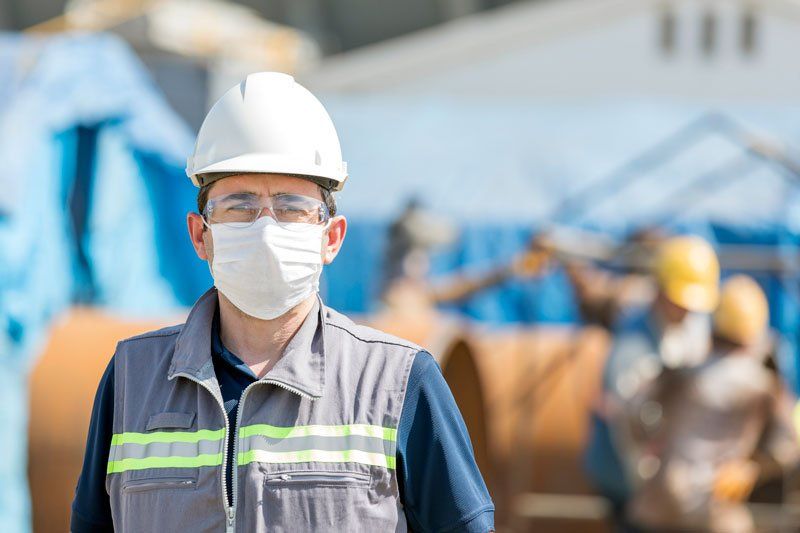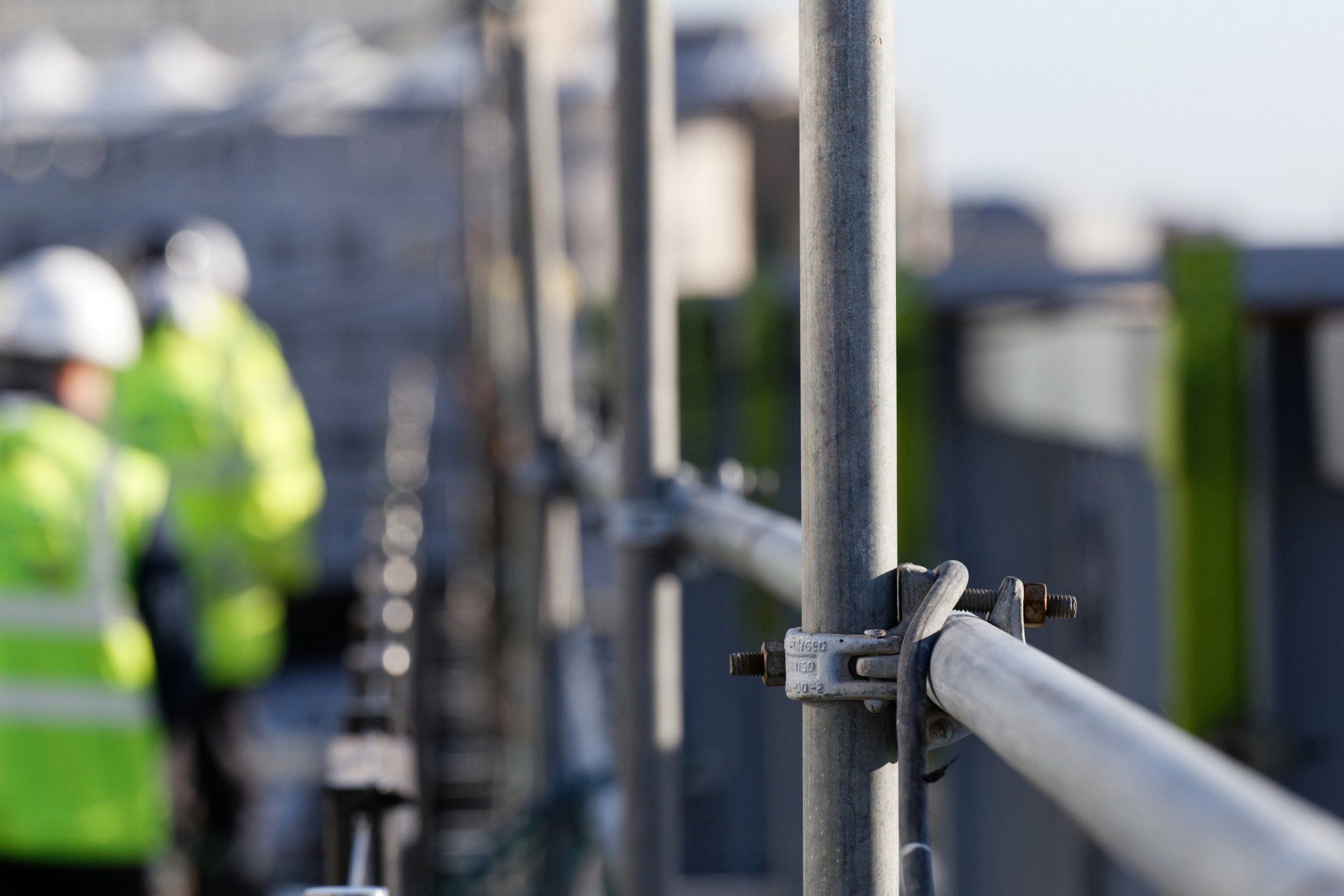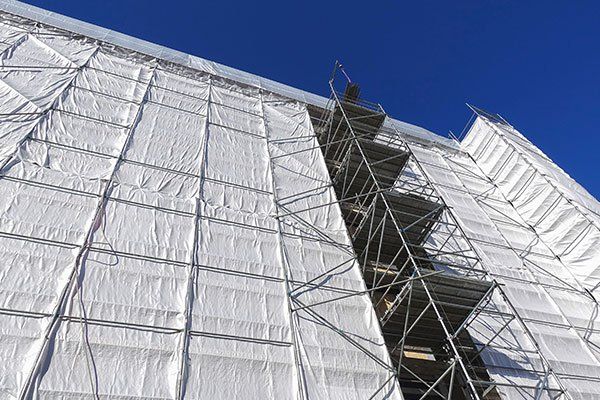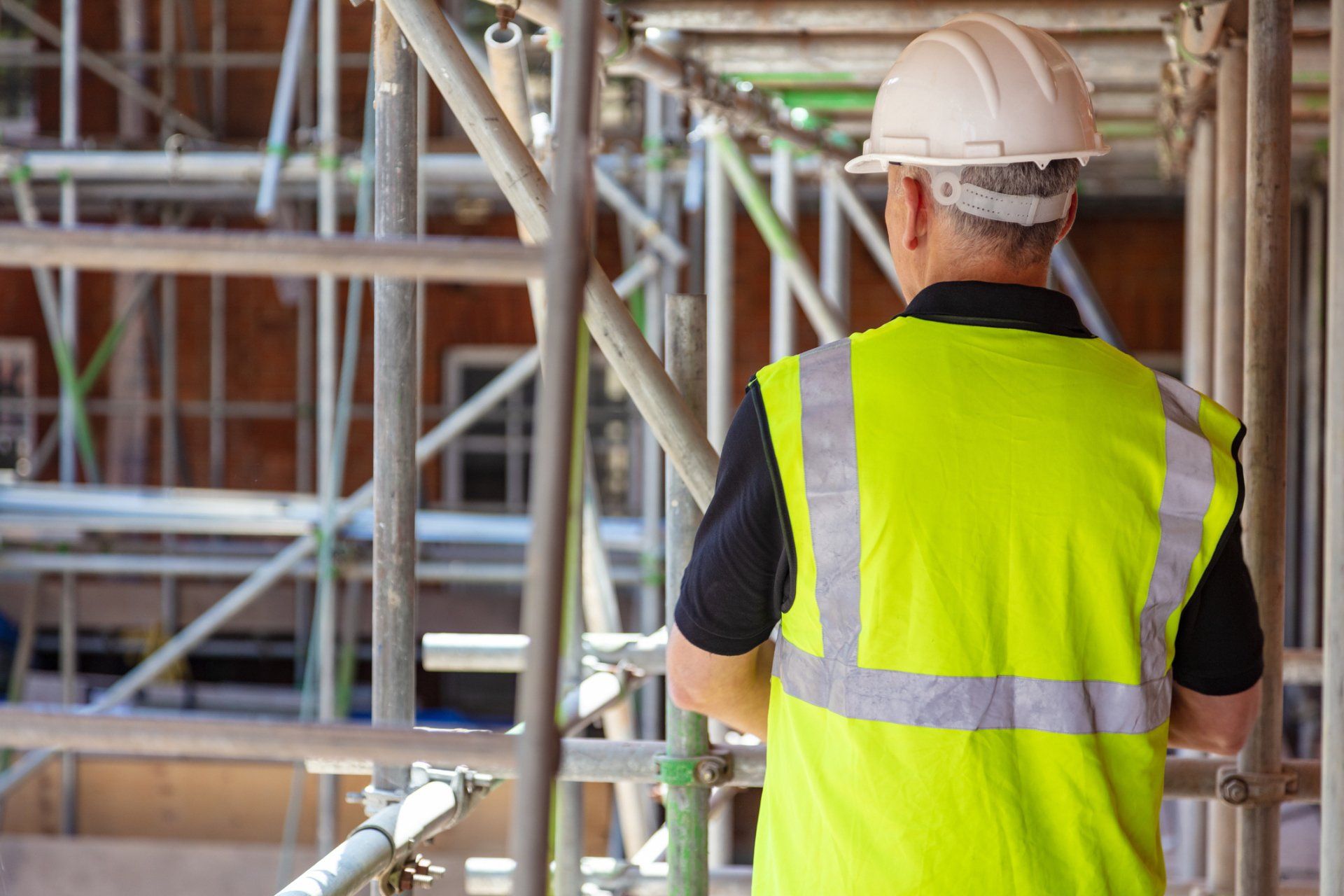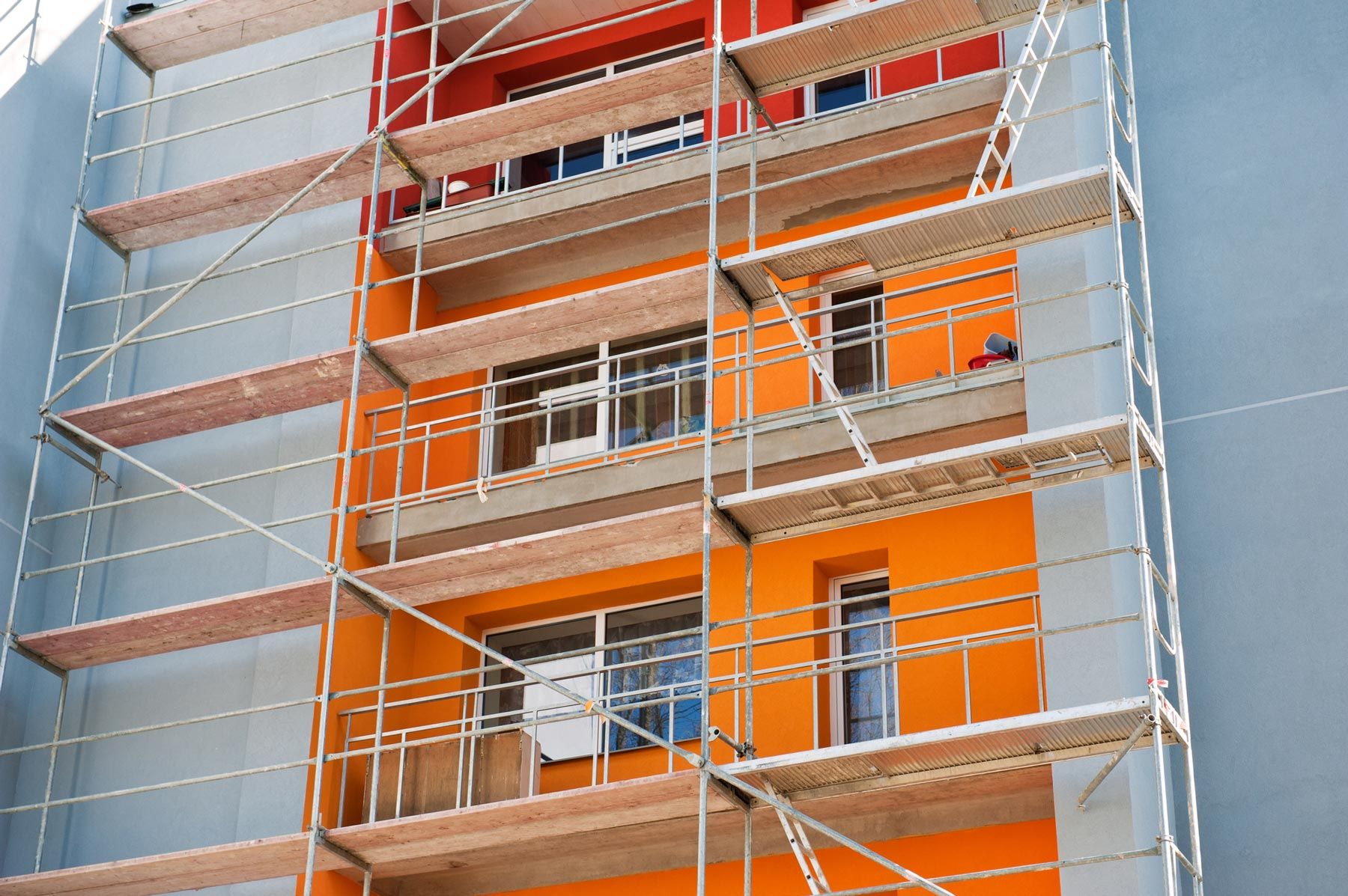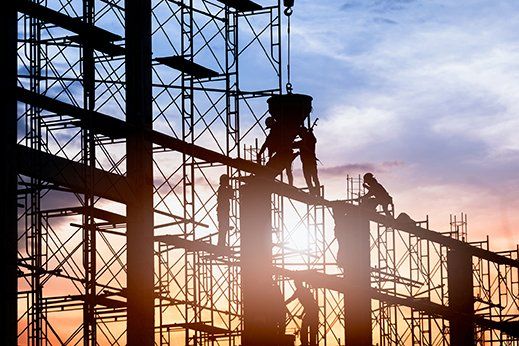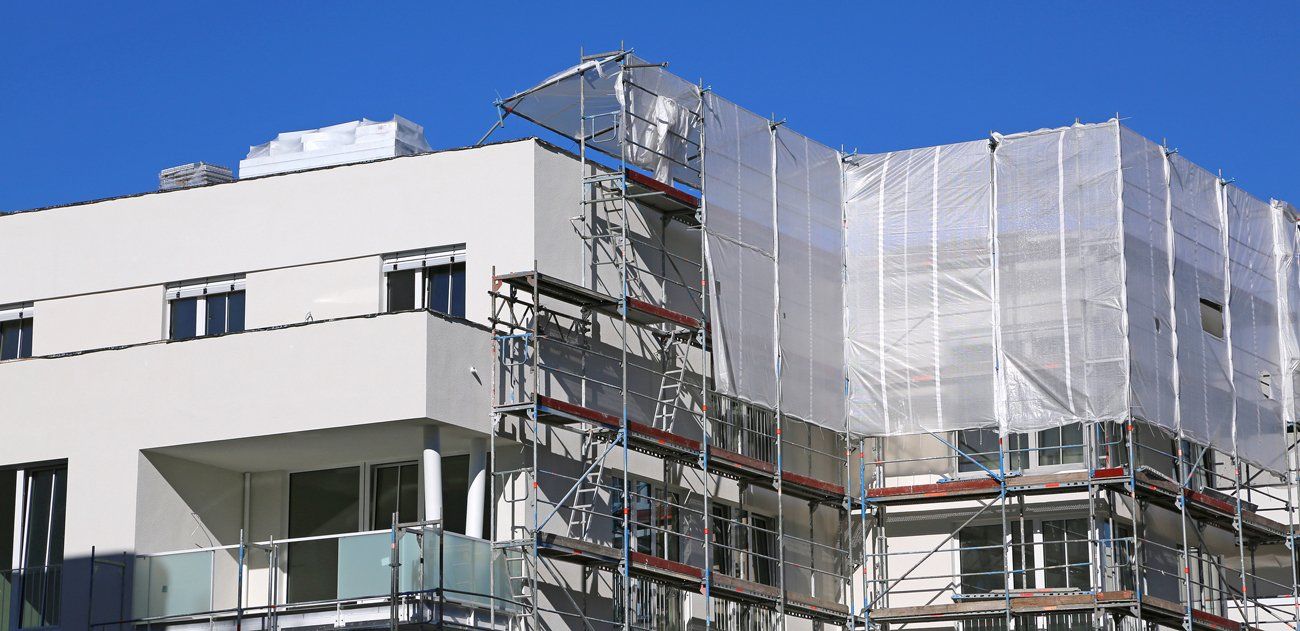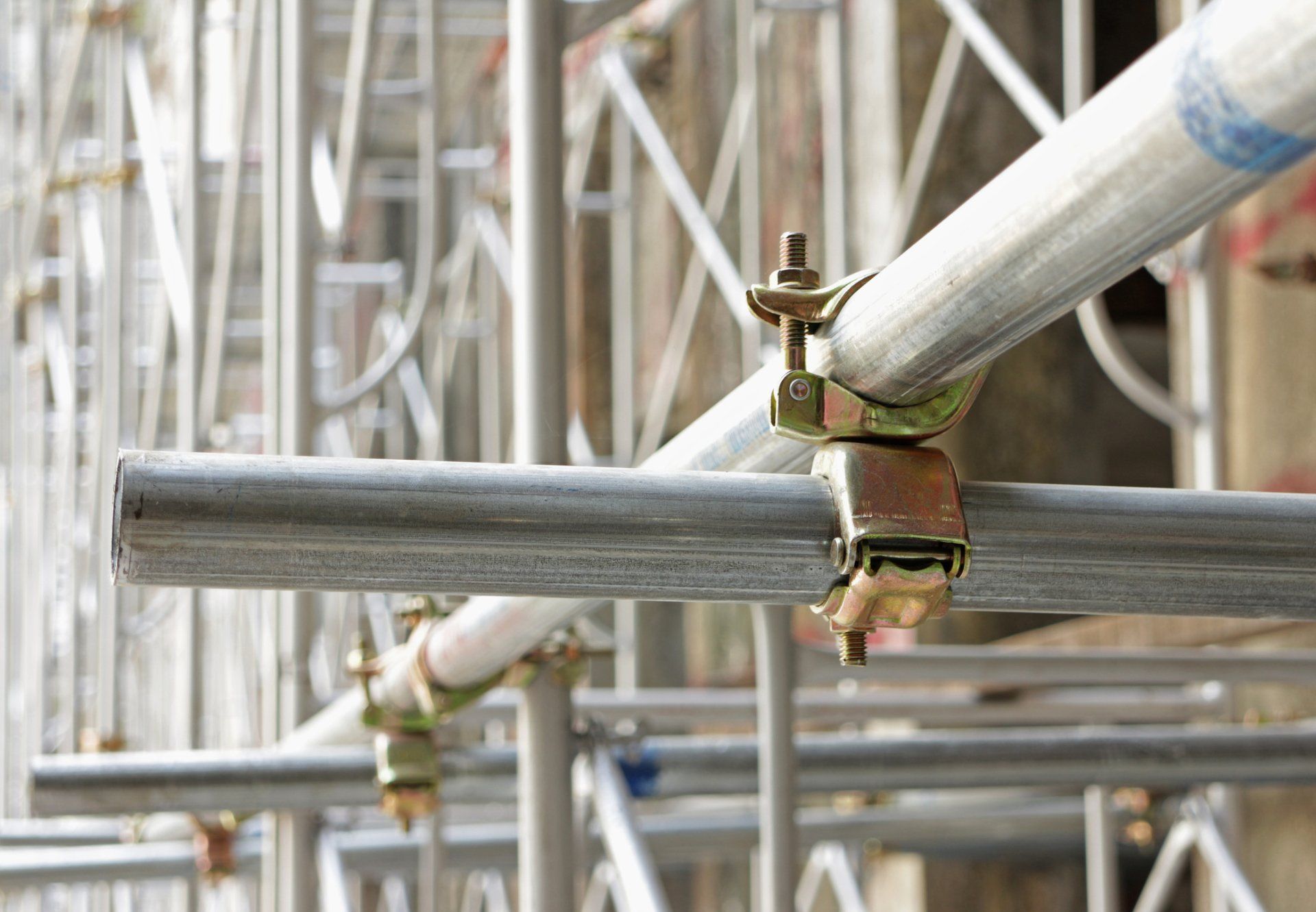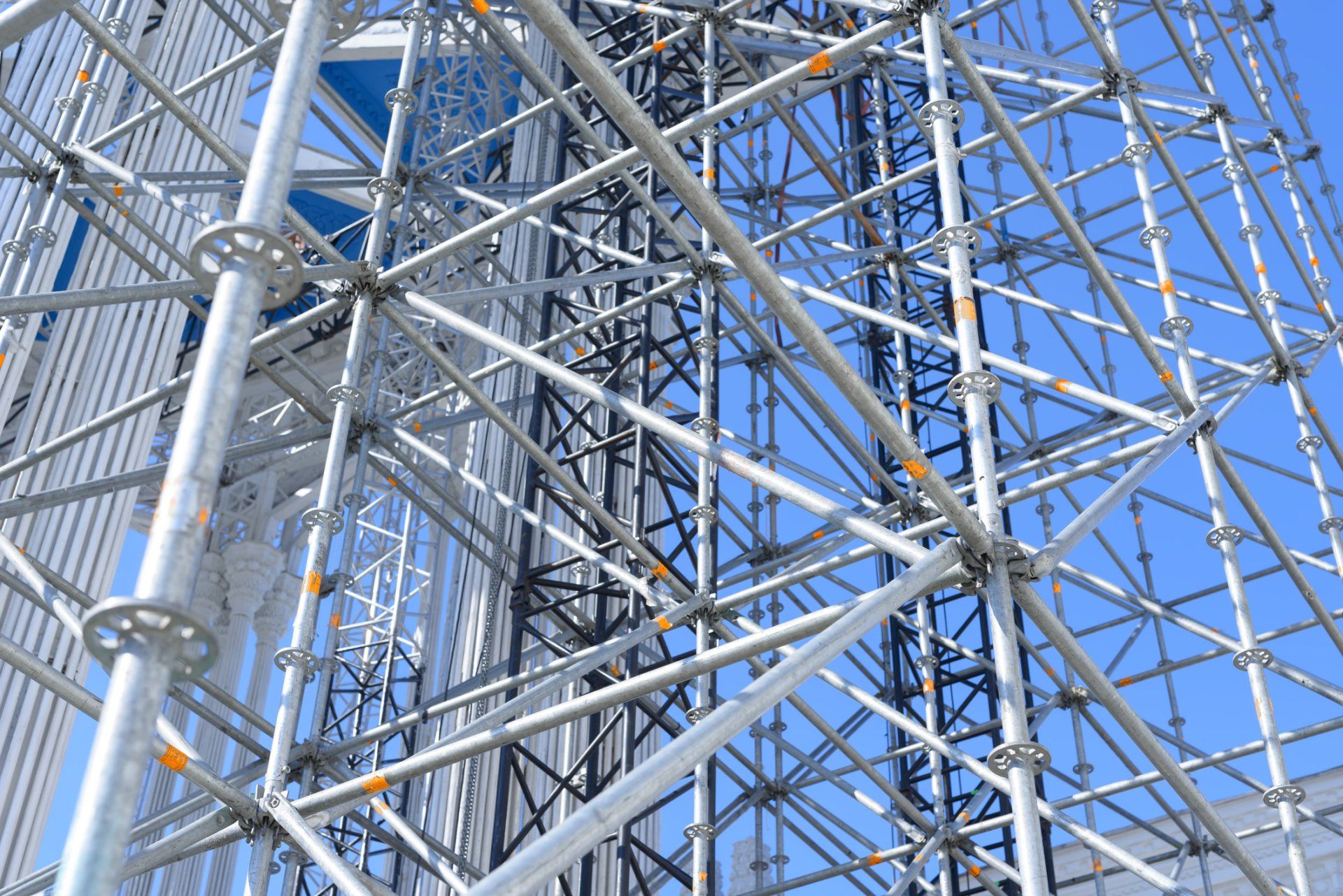Understanding the New York Scaffold Law
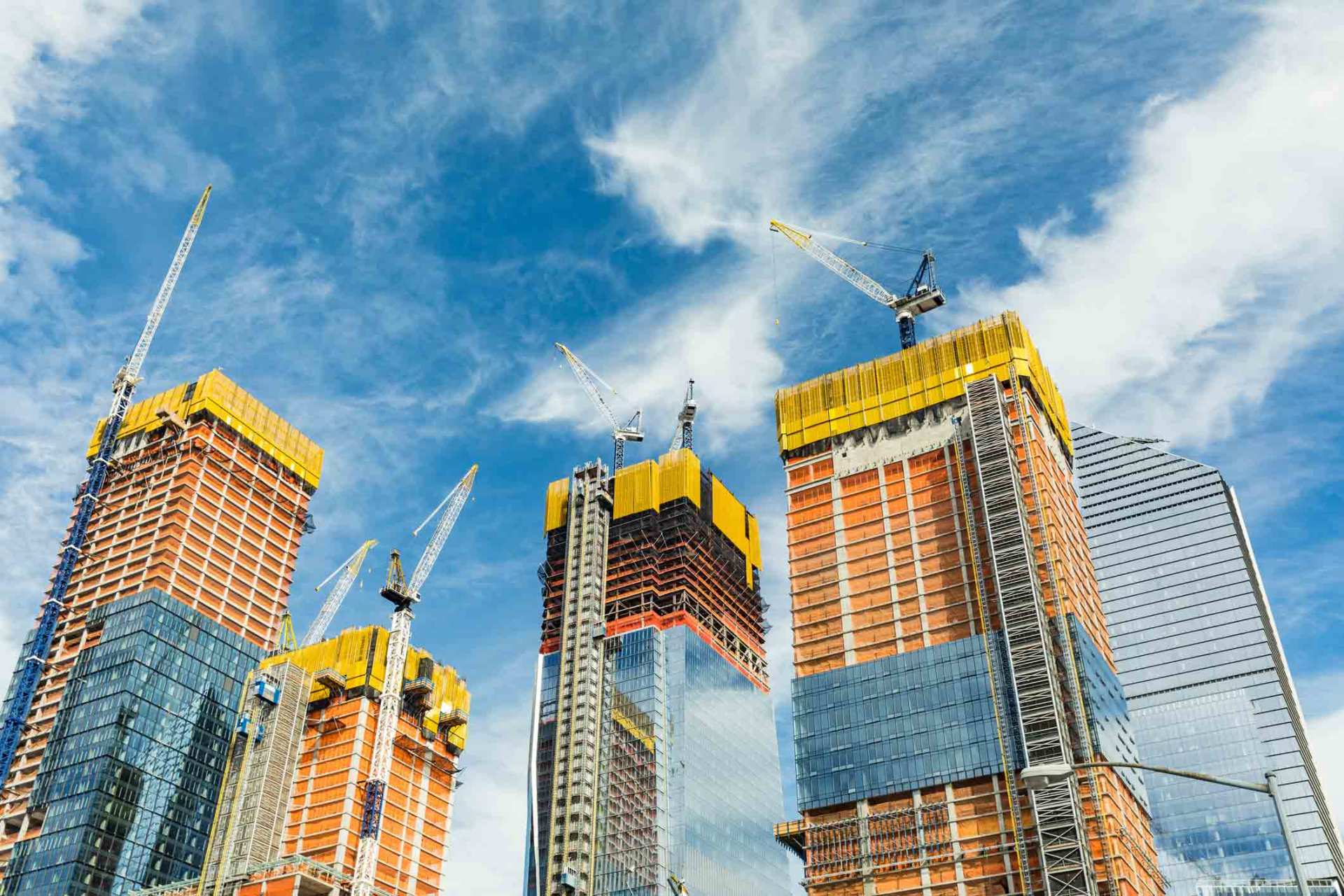
The New York Scaffold Law is a hot topic among many construction businesses. Even though, right now, the law only exists in New York, many people think its impact may eventually cause other states to adopt similar laws.
Whether the law spreads or not remains to be seen. However, construction professionals should familiarize themselves with this law and its implications just in case the same or similar laws are adopted elsewhere.
The Basics of the Law
First, one must understand what the law entails.
Under the New York Scaffold Law, any owner or manager of a construction site is required to provide mandated safety equipment to all workers. This safety equipment is largely designed to protect workers in the event of a fall.
If safety equipment was not provided or safety regulations were not met and someone is injured or killed, the person in charge can be held legally responsible for the accident.
The Financial Impacts of the Law
While many argue that the scaffold law is unfair and puts undue pressure on the construction companies that must obey it, others are more concerned with its financial impacts.
Due to the extreme liability that construction companies face under this law, insurance costs are extremely high. The purchase of additional safety equipment affects overall costs as well.
On private jobs, this cost increase affects only the company. On public jobs, however, the cost increase affects the entire city right down to the taxpayers.
If other states were to adopt this law or even parts of this law, they could expect to see the same type of price increases. In fact, many people believe that cost is the main reason that the law has not yet spread to other states.
The Legal Ramifications of the Law
One might think that this law would dramatically decrease the number of construction-related falls and accidents. However, the opposite has proven to be true. Data indicates that accidents are actually more likely with this law in place.
In addition to an increase in accidents, the state has experienced a huge increase in litigation brought against construction site managers and other responsible parties. While some people think this increase is demonstrative of construction workers and laborers standing up for their rights, others think unfair abuse of the system is at play.
In any event, liability is almost always assumed when a case of this type is brought to trial, if it even makes it that far. The thinking is often that if proper safety procedures were followed exactly, the accident would not have occurred at all.
The Personal Impacts of the Law
Though feelings about this law are obviously mixed, it does affect many workers on a personal level.
For example, workers feel safer and more protected at work. They also do not have the financial responsibility of buying their own scaffolding-related safety gear and equipment or the responsibility of remembering to bring it to every worksite and to set it up properly.
For many workers, these impacts are greatly appreciated, and worker feedback is a key reason that other states may adopt the law or parts of it in the future.
Ultimately, whether or not this law will spread in the way so many predict is unclear. However, construction managers around the nation would do well to adopt some of the safety regulations put in place by the New York Scaffold Law.
While construction managers in other states might not face the same liability as those in New York, they do still owe it to their workers to protect them as fully as possible. To extend this courtesy to your own crew, contact the safety experts at Pacific Scaffold Co. Inc.

